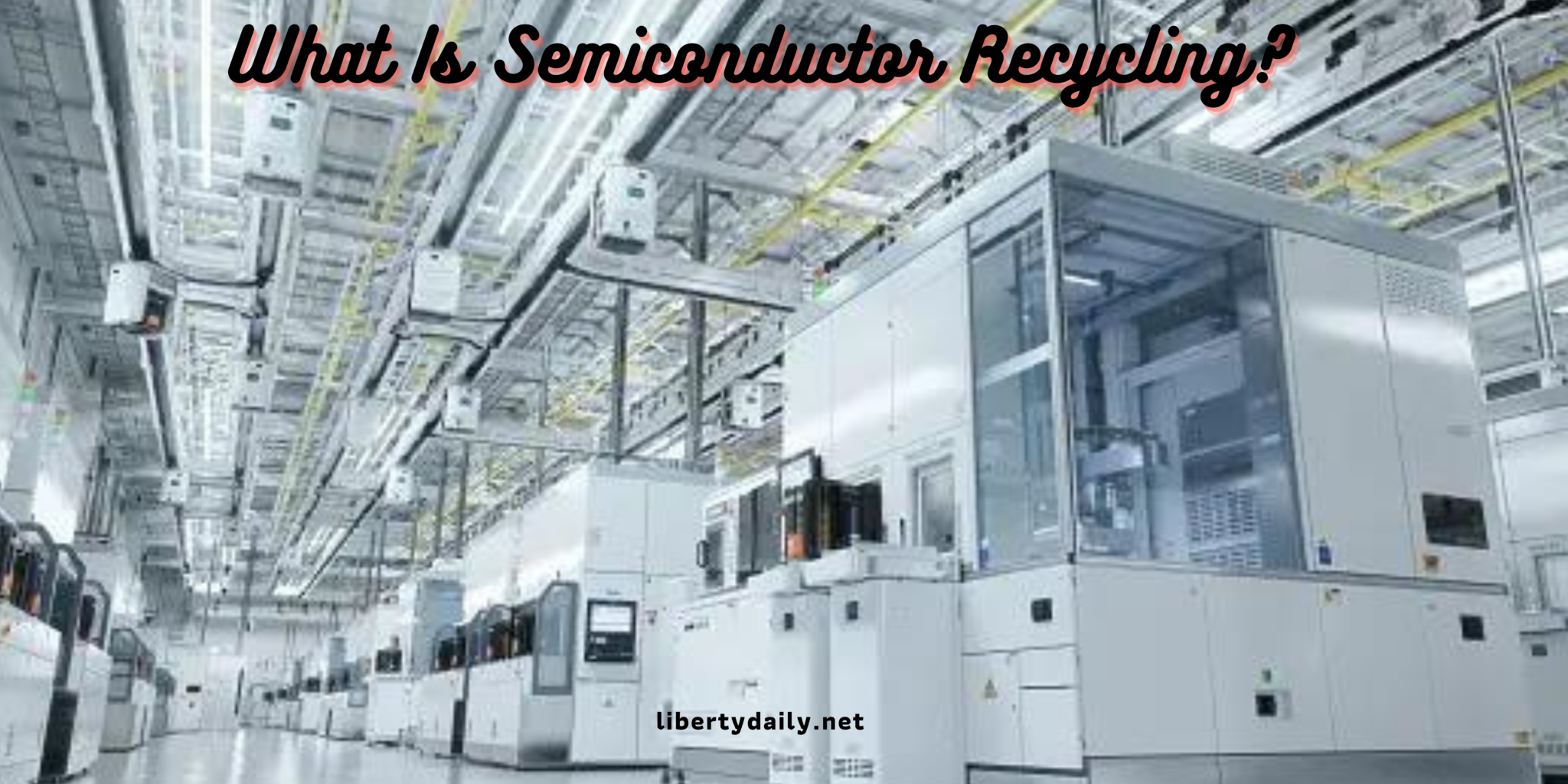Computer components have semiconductors, including copper and glass, that can be reused to make new computers. Recycling allows the extraction of semiconductors from old and unused devices and provides a solution for those looking to sell computer components they no longer use. Selling your unused or old computer to a professional buyer will facilitate the extraction of its semiconductors for recycling.
Understanding Semiconductor Recycling
Semiconductors are available in most electronic devices, from your smartphone to your computer. They may comprise silicon, copper, and other precious metals extracted from integrated circuits and other electronic components. These recovered elements are then refined and used to manufacture new semiconductors, which are used to make new devices. Here are four benefits of semiconductor recycling:
Conservation of Resources
You conserve resources when you sell computer components instead of throwing them away. Semiconductors are extracted from components and reused to make new computers. This saves on resources by reducing the need to extract, refine, and process raw materials required to make new computers.
Prevention of Toxic Pollution
While semiconductors contain valuable components, they may also contain hazardous substances such as Hydrofluoric acid. When thrown away, semiconductors may expose this type of acid to other people. Exposure may pose health risks, such as imbalances in sodium and magnesium levels in the human body. Selling unused computers reduces the probability of such exposure since certified companies can professionally recycle the semiconductors.
Economic Advantages
Selling old or used computers can reduce the strain on supply chains. It reduces the need for new materials and energy-intensive processes such as extracting and refining copper, which may strain the supply chain. The production cost of new computers may also be reduced since recycled raw materials can be cheaper than newly extracted raw materials. This may reduce the cost of buying a new computer, which is economical for computer users.
The Process of Semiconductor Recycling
Semiconductor recycling involves several steps. Each recycling stage is designed to achieve the purity of the recovered elements in each semiconductor, such as silicon. It makes the final product pure for reuse. Here are the stages of semiconductor recycling:
Collection and Sorting
This stage starts with assembling computers from sellers. The assembled computers are then sorted by skilled computer technicians who disassemble the computer components. Those are sorted based on the semiconductors present in each. This sorting helps to prevent cross-contamination by putting together semiconductors containing materials such as silicon separately from those containing copper. This helps to keep them suitable for reuse by maintaining their purity.
Disassembly and Shredding
After sorting, the semiconductors are dismantled, and the reusable and non-reusable parts are separated. The reusable semiconductor parts are shredded into smaller fractions that can further be processed. This facilitates the recovery of elements such as silicon and copper, which are recycled.
Chemical Treatment and Purification
Chemical processes such as thermal oxidation are applied. This process allows the extraction of precious elements like copper from the shredded materials. It also facilitates the removal of any impurities from the elements through the procedure of alchemical soaking. At this point, the elements are ready to make other semiconductors for new computers or electronic devices.
Sell Computer Components Today for Recycling
The first step towards semiconductor recycling is collecting unused and old computers. Collection is done when you sell your used or old computer to professional buyers. The buyers can use the computers to extract semiconductors and recycle them for reuse. Consult the best buyers of computers today to reap the benefits of semiconductor recycling, such as buying a new computer at a cheaper price since it is made from recycled semiconductors.



